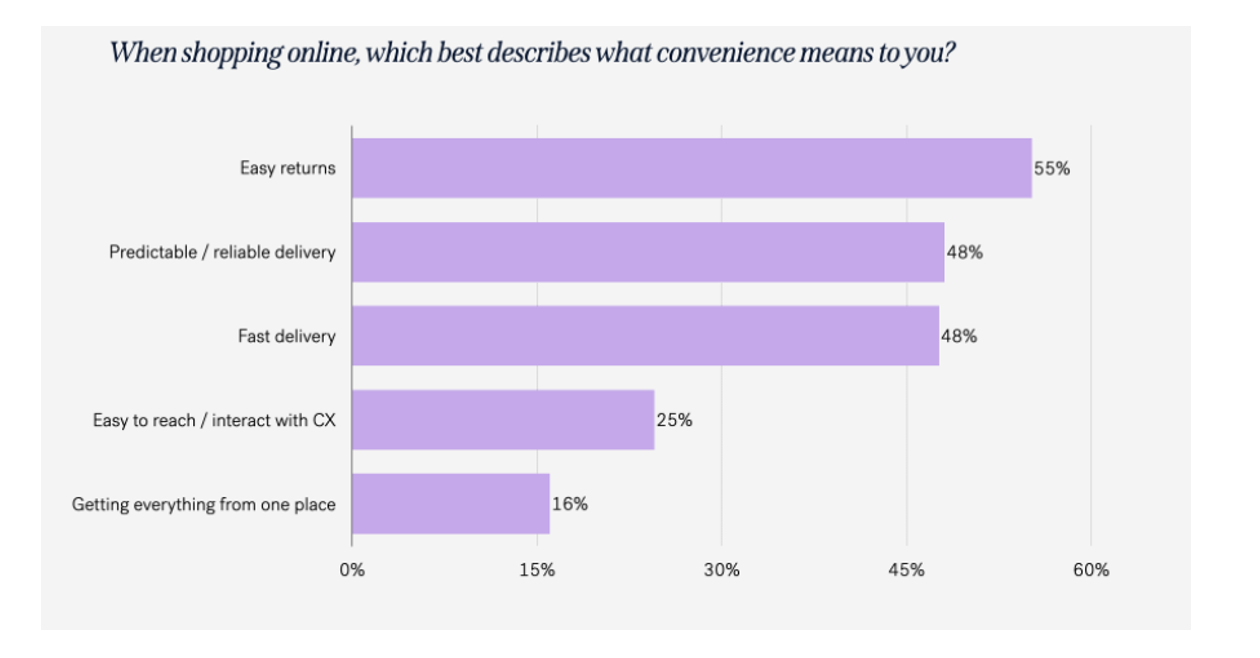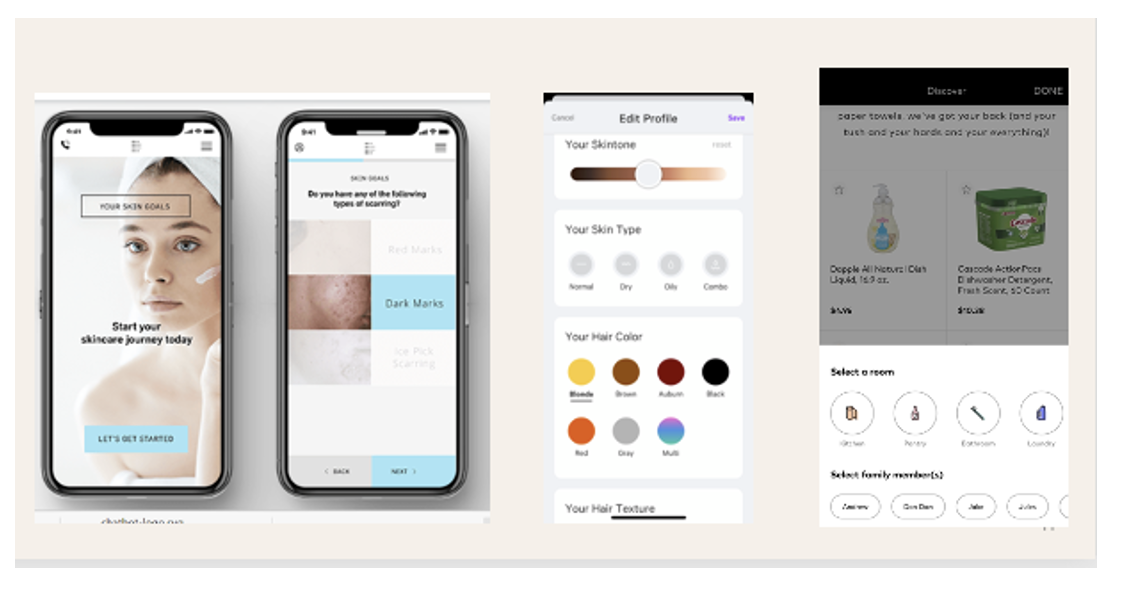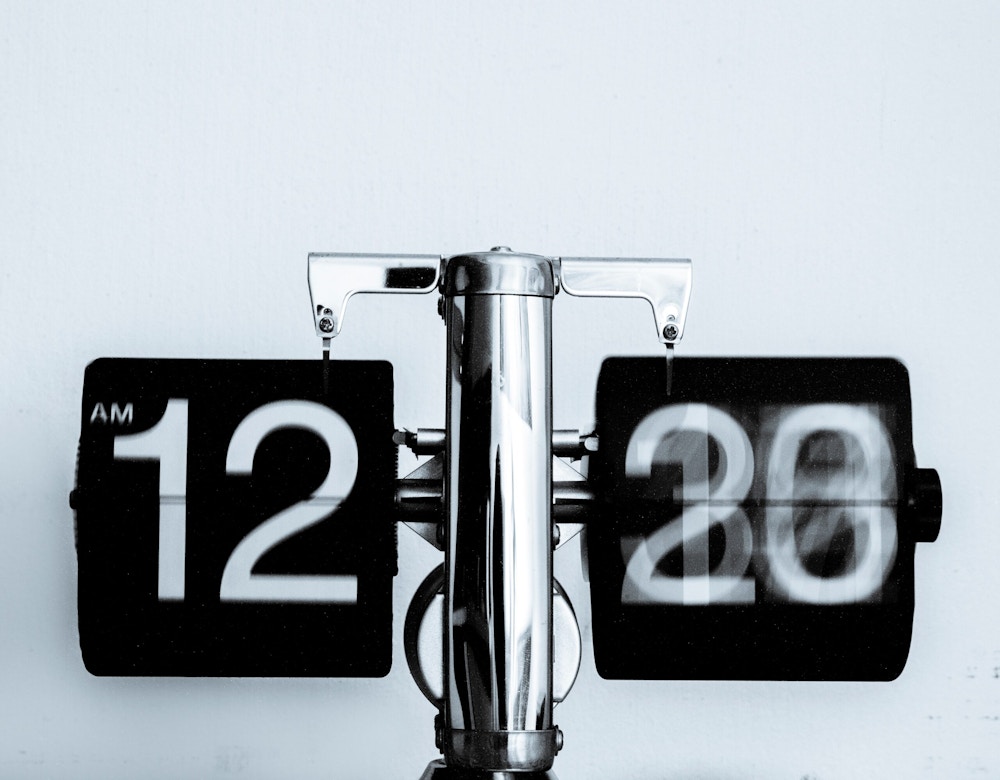I have long considered myself a ‘creature of convenience,’ prioritizing activities to maximize time, living near work and looking for life hacks to save time whenever possible. Whether it was the spirit of New York’s productive energy, or a natural drive to pack each day full, multitasking and planning my time gave me a high. As my life got busier with work and family, I leaned on my ability to be increasingly efficient. Beyond a personal life skill, my bias for efficiency has been a lens for my entrepreneurial ventures and investments.
For internet consumer investments, my role as a busy mom comes in handy as women in my age demographic make more than 80% of ecommerce purchase decisions. As the rate of women working and serving as the primary bread winner has increased, this has naturally increased the strain on women to manage their to do list.
Enter ecommerce and the additional services and tools that it offers to save time and make life easier. If we consider the macro trend: “time is the greatest luxury,” we can break down its implications and consider business categories and companies that promise to help save time and make life more enjoyable. Three primary implications are: Service & Speed, Personalization, and Experiential commerce.

1: Service and Speed
When Amazon rolled out Prime 2-day delivery several years ago, it rocked my world. In the throes of early motherhood, being able to save a trip to the store, and pre-plan my grocery and pantry staples was a lifesaver. This service enabled me to spend more time with my babies, quickly get chores done, and often feel like superwoman in the process. Enter Diapers.com, which at the time made delivery even faster. If I ordered by 10pm, I could get my diapers and wipes first thing the next morning.
Whereas Zappos’ free shipping and returns was revolutionary for one category the ante was suddenly upped across so many categories. Today, companies and services like Gopuff, 15/20, Uber Eats, Instacart, Amazon Prime Now, and more promise even faster delivery with products to our door in minutes, thereby broadening the aperture of use cases and products we can get from these fast resources. Consumers also expect this now – in a recent report by Forerunner, 48% of consumers say a convenient experience includes both predictable and fast delivery.


2: Personalization enables efficiency
The ability to quickly refine a product set to our individual preferences and sizes helps us discover more relevant items more quickly. This is critical especially in an ever-increasing catalogue of items available online. Layer on top of that the emergence of conversational commerce (shopping via voice or text) and it becomes unfeasible to offer customers more than one or two items.
Personalization has taken on new forms and evolved from unique home pages or collaborative filtering to social influencers and user generated content to the holy grail of one-to-one-personalization. One-to-one personalization opens the possibility of brands showcasing unique products to me based on prescribed attributes based on my genetic makeup or individual preferences. Oura ring measures my sleep data and activity levels and offers me guidance and product recommendations accordingly.
Vessel Health enables me to diagnose vitamin needs at any given hour by peeing on a stick. With Musely, I can take a photo of my skin and get a custom formulated prescription blend delivered to my door. Video commerce has enabled personalization with user-generated content to be more engaging and useful for the cosmetics industry where SuperGreat is informing product decisions. One-to-one personalization will continue to permeate various verticals as industries offer consumers better and more efficient experiences while increasing accuracy and reducing the work a consumer has to do to scale learning curves.

3: Experiential commerce
If you are going to spend time shopping, then it needs to be worthwhile, and provide a multi-benefit including time savings. Buying sneakers at Nike with custom dye dipping, visiting a Google home donut shop, Rent the Runway’s stores that enable you to pick up your dress while consulting with a stylist and getting your hair touched up – are all experiences that offer more than just a product.
Companies are finding creative ways for omnichannel to offer more efficient experiences where customers can save time and still enjoy the benefits of an instore community and often an Instagram, word-of-mouth-worthy event that was an enjoyable use of time.
The efficiency rubric can be used for B2B software businesses that are creating infrastructure and tools that enable other companies to move more quickly and in cost-effective ways to build their businesses. From Shopify to Carta, Cube Financial, and AirTable, businesses that provide enablement tools have changed the landscape making time and cost to market lower and thereby saving the business users valuable dollars and time servicing their end consumer.
As digital commerce accelerates at greater rates than ever before, we are met with a landscape of increasing consumer demands. The pace of innovation has never been greater, and entrepreneurs are being asked to step up to new challenges of speed and innovation.
‘Time is the Greatest Luxury’ is in many ways the mantra of entrepreneurship – the longer an entrepreneur spends building, the more capital is consumed, the more money must be raised, equity diluted, risk of competition increased, and customer disengagement risked. Looking at the world through the lens of time management can uncover new opportunities as we dream bigger and faster than ever before.
